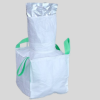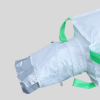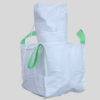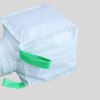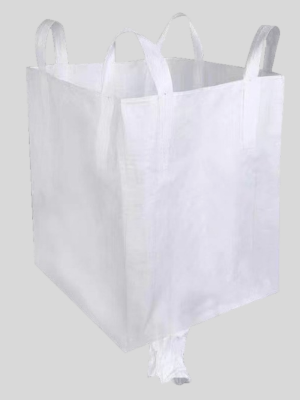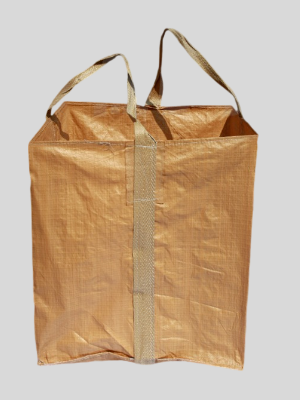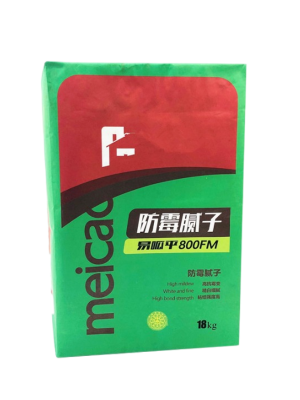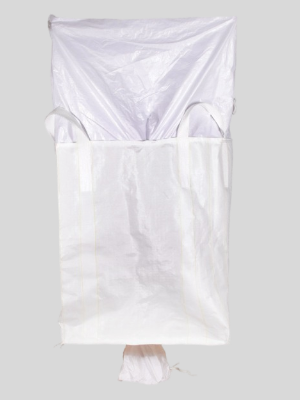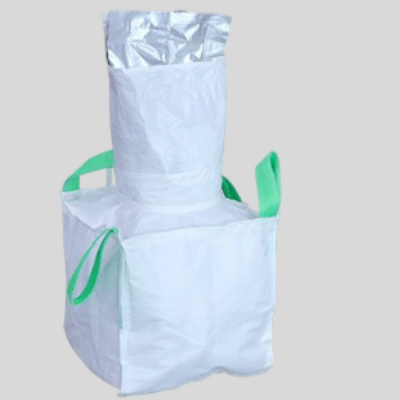
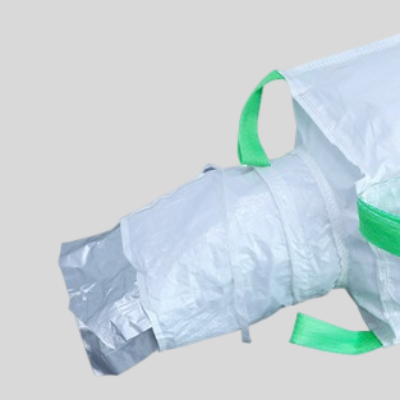
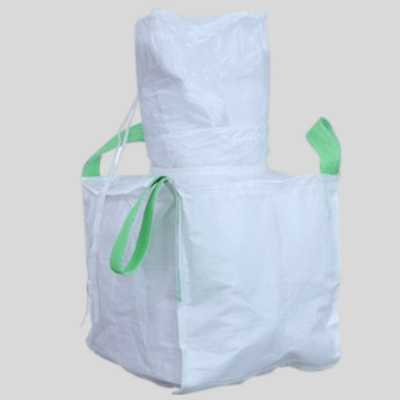
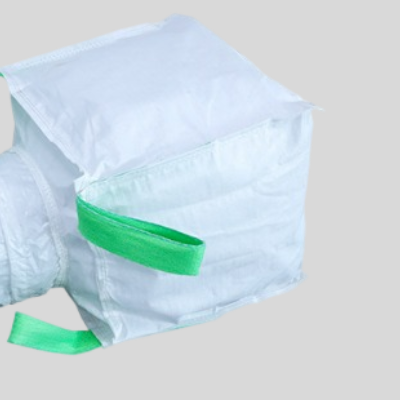

Aluminum foil ton bags can be customized
Aluminum plastic heavy bags can be used to packagespecial metal chemical raw materials, chemically modified plastic particles, engineering plastic particles (such as one-step, two-step silane cross-linked cable sheathing materials, low-smoke halogen-free), TPU/TPV/PA12/PA46/PA66 nylon, etc. Plastic particles, biodegradable particles, new energy lithium battery positive and negative electrode raw materials (lithium ion battery positive and negative electrodes and ternary precursor materials such as cobalt hydroxide, lithium manganate, lithium iron phosphate, etc.), etc..
Packaging bags with a load capacity of 0.15-1.5T can be customized, or customized according to your size.
Aluminum plastic heavy bags for packing 0.15-1.5T POE plastic particles.
500KG:850mm*850mm*2500mm thickness reference 15 wire
820KG: 980mm*980mm*2650mm thickness reference 15 wire
1000KG: 1050mm*1050mm*2680mm thickness reference 15 wire
The commonly used material structures of aluminum foil ton bags are PET/AL/PA/PE, PE/AL/PA/PE, PA/AL/PE, PET/AL/PE, etc., which can also be specially customized according to different customer requirements.
The inner bag of aluminum foil ton bag solves the problems of warehousing and shipping for many years. The inner products are not afraid of rain and sun, can be stacked higher, are suitable for long-distance transportation and storage, and can also save storage space.
The average load-bearing capacity of aluminum foil ton bags is 125-1500 kilograms, and they are widely used for lump, granular or powdery substances in the chemical and new energy industries.
Applicable products: special metal chemical raw materials, chemically modified plastic particles, engineering plastic particles (such as one-step, two-step silane cross-linked cable sheathing materials, low-smoke halogen-free), TPU/TPV/PA12/PA46/PA66 nylon, etc. Plastic particles, biodegradable particles, new energy lithium battery positive and negative electrode raw materials (lithium ion battery positive and negative electrodes and ternary precursor materials such as cobalt hydroxide, lithium manganate, lithium iron phosphate, etc.), etc.

